Arms/
Image | Name | Father | Birth | Marriage | Became Queen | Ceased to be Queen | Death | Spouse |
|---|
 | Eschive d'Ibelin | Baldwin d'Ibelin, Lord of Rama
(Ibelin) | 1160 | before 29 October 1175 | 18 July 1194
husband's accession | Winter 1196–1197 | Amalric I |
 | Isabella I of Jerusalem | Amalric I of Jerusalem
(Anjou) | 1172 | January 1198 | 1 April 1205
husband's death | 5 April 1205 |
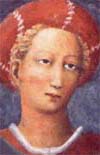 | Alice of Champagne | Henry II, Count of Champagne
(Blois) | 1195/1196 | before September 1210 | 10 January 1218
husband's death | 1246 | Hugh I |
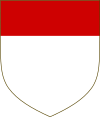 | Alix of Montferrat | William VI, Marquess of Montferrat
(Aleramici) | 1210/1215 | May 1229 | December 1232-May 1233 | Henry I |
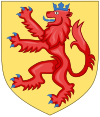 | Stephanie of Lampron | Constantine of Lampron, Lord of Barbaron and Partzerpert
(Lampron) | 1220/1225 | before 17 November 1237 | 1 April/September 1249 |
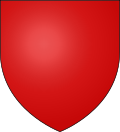 | Plaisance of Antioch | Bohemond V of Antioch
(Ramnulfids) | 1235–1238 | September 1250 | 10 Jan 1253
husband's death | 27/22 September 1261 |
 | Isabella d'Ibelin, Lady of Beirut | John II d'Ibelin, Lord of Beirut
(Ibelin) | 1252 | 12 May 1265 | 5 December 1267
husband's death | before November 1283 | Hugh II |
 | Isabella d'Ibelin
[1] | Guy d'Ibelin, constable of Cyprus
(Ibelin) | 1241/42 | after 23 January 1255 | 5 December 1267
husband's accession | 24 March 1284
husband's death | 2 June 1324 | Hugh III |
 | Constance of Sicily
[1] [2] | Frederick III of Sicily
(Barcelona) | 1307 | 16 October 1317 | 31 August 1324
husband's death | after 19 June 1344 | Henry II |
 | Alix d'Ibelin
[2] | Guy d'Ibelin, Lord of Nicosia
(Ibelin) | 1304/06 | 18 Jun 1318 (date of Papal dispensation) | 31 March 1324
husband's accession | 24 November 1358
husband's abdication | after 6 August 1386 | Hugh IV |
 | Eleanor of Aragon
[2] [3] | Infante Pedro, Count of Ribagorça and Prades
(Barcelona) | 1333 | September 1353 | 24 November 1358
husband's accession | 17 January 1369
husband's assassination | 26 December 1416 | Peter I |
 | Valentina Visconti
[2] | Bernabò Visconti
(Visconti) | 1360/1362 | July/August 1378 | 13 October 1382
husband's death | before September 1393 | Peter II |
 | Helvis of Brunswick-Grubenhagen
[2] [4] | Philip of Brunswick-Grubenhagen, Constable of Jerusalem
(Welf) | 1353 | 1 May 1365 | 13 October 1382
husband's accession | 9 September 1398
husband's death | 15/25 January 1421 | James I |
 | Anglesia Visconti
[2] [4] | Bernabò Visconti, Lord of Milan
(Visconti) | 1377 | after January 1400 | 1407-1409
divorce | 12 October 1439 | Janus |
 | Charlotte de Bourbon-La Marche
[2] [4] | John I, Count of La Marche
(Bourbon-La Marche) | 1388 | 25 August 1411 | 15 January 1422 |
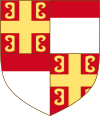 | Amadea Palaiologina of Monferrato
[2] [4] | John Jacob Palaeologus, Marquess of Montferrat
(Palaiologoi) | 1418/20 or 3 August 1429 | 3 July 1440 | 13 September 1440 | John II |
 | Helena Palaiologina
[2] [4] | Theodore II Palaiologos, Lord of Morea
(Palaiologoi) | 3 February 1428 | 3 February 1442 | 11 April 1458 |
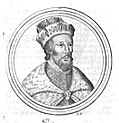 | Louis of Savoy, Count of Geneva
(also co-ruler) | Louis, Duke of Savoy
(Savoy) | 5 June 1436 or 1 April 1437 | 4 October 1459 | 1464
wife's deposition | 16 July 1482 | Charlotte |
 | Catherine Cornaro
[2] [4] | Marco Cornaro
(Cornaro) | 25 November 1454 | December 1472 | 10 July 1473
husband's death; later became regent then queen regnant | 10 July 1510 | James II |
|
















